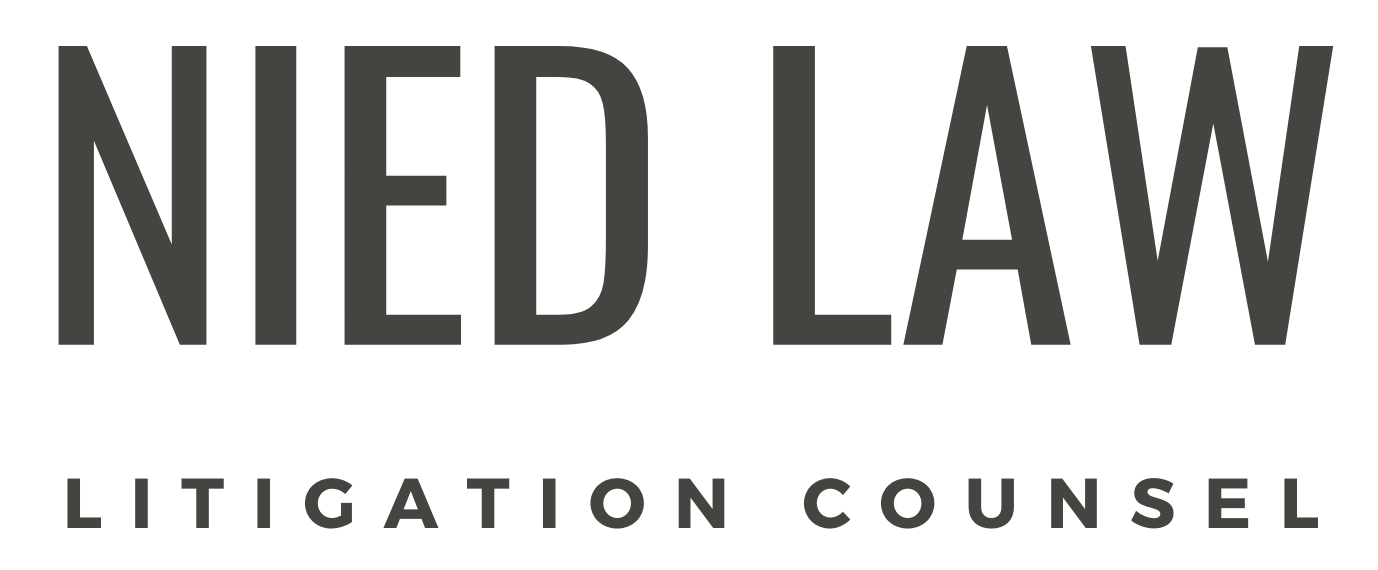Recent years have witnessed the phenomenal growth of social networking websites, such as Facebook and MySpace. Social networking websites are now commonly used by individuals to communicate information about their personal life to other members of their network. As a result, they have become an integral part of the disclosure process in insurance litigation where plaintiffs put their enjoyment of life, psychological well-being, or ability to work in issue. In these cases, photographs or other materials on a plaintiff’s social networking profile may be relevant to demonstrating their ability to engage in work or recreational activities. For these reasons, courts now routinely admit profile material as evidence in insurance litigation.
Few disclosure issues will arise when a plaintiff’s profile is publicly accessible because insurers will have access to any relevant material. However, not all material is publicly accessible. Many users now have “access-limited” profiles which permit them to limit access to designated persons. Accordingly, a user’s profile will often have a public space and a private space. Because material on a profile’s private space will generally not be accessible to insurers, it will often be impossible for insurers to determine whether it contains relevant material. Where an insurer has reason to believe that a plaintiff has not complied with their disclosure obligation, they may move for relief before the courts. Unfortunately, recent cases demonstrate that some plaintiffs, if alerted of an insurer’s attempts to seek production of access-limited profile evidence, will frustrate those attempts by deleting material harmful to their claims.
Some insurers have attempted to reduce this risk by seeking ex parte orders to compel plaintiffs to preserve the contents of their access-limited profiles. Preservation orders are remedies sought to ensure that evidence is preserved and available for the trial of an action where there is a significant likelihood that a party will destroy it once notified of the other’s interest in accessing it. This article discusses the risk of spoliation of social networking profile evidence, considers cases in which insurers have sought ex parte preservation orders to alleviate that risk, and discusses potential alternatives.
Read the full article here: Matthew Nied, “Preventing Spoliation of Social Networking Profile Evidence in Insurance Litigation” (2011) 29:6 Canadian Journal of Insurance Law 81.
